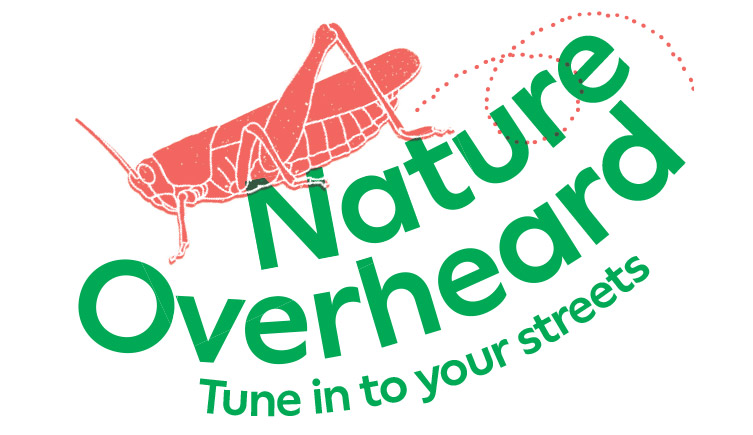At a glance
- Studied how noise pollution affects insects.
- Recorded insect sounds near participants' local roads and used the sounds to train an algorithm to identify them.
- Participants learnt more about the nature on their doorsteps.

Our mass community science project investigated the impact of noise pollution on insects near roads.
Thank you to all who took part.
Analysis of the results is now underway.
Our mass community science project investigated the impact of noise pollution on insects near roads.
Insects are important for a healthy environment, but noise can make it hard for them to communicate with each other. They may have to change their sounds to be heard in noisy places.
Join us on the Nature Overheard survey, collecting data to better understand how road noise affect insects. Or take part in other activities to support this research while you build your own scientific skills and knowledge.
If you have specific questions, you can email the Nature Overheard team at: communityscience@nhm.ac.uk
Sign up to our community science mailing list keep to hear news about this and other projects.
90,000
community scientists took part at four different participatory levels
70 hours
of audio was collected
a road as long as Everest is high
was the total length of roadside sampled
You can read more in the project summary (PDF 3.1MB).
We are currently analysing the data collected by the project. We'll report our findings here.
If you are interested in wildlife monitoing and protection, you could:
Are you an informed intentifier or a nature newbie? Test your knowledge of the amazing animals and plants that live near you with our fun and challenging quizzes.
Until now, we have not been able to investigate on a large scale how noise affects insects. But new technology makes studying this problem easier. Audio recordings can be analysed using artificial intelligence and machine learning, allowing us to:
Collecting as many audio samples as possible is important: the more data that is collected, the easier it becomes to analyse the recordings.
Although decoding audio recordings is difficult, the more we have the easier it becomes.
Ed Baker
Museum scientist
To stimulate positive action and investigate nature in urban environments, we asked students across the country aged 11-14 to propose research questions that interested them.
Nature Overheard's overall theme emerged from these questions. Then months of further collaboration between school students and Museum scientists shaped the project's planned activities.
Data from the project is stored in our Data Ecosystem, powered by Amazon Web Services (AWS).
Do you want to know more about the project and keep up to date on its progress? Then please sign up to our Community Science team's newsletter.
Receive email updates from the Museum’s Community Science team - including project findings, training opportunities, evaluation surveys and new community science projects we’d love you to join - as well as other Museum news, exhibitions, events, services and fundraising activities. We may include third-party content from our corporate partners and other museums in these emails. We will not share your personal details with these third parties. You must be over the age of 13. Privacy notice.
This project was co-designed by young people and Museum scientists. The following members of Museum staff lead its delivery:
Nature Overheard is part of the Urban Nature Project. We thank all those who have generously contributed, including: